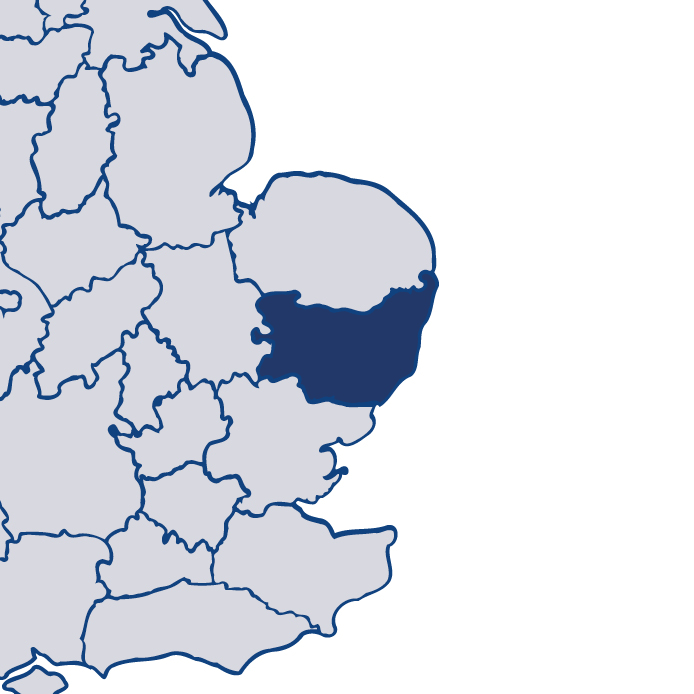Suffolk 2017
Read more about SuffolkThis is HMICFRS’ fourth PEEL (police effectiveness, efficiency and legitimacy) assessment of Suffolk Constabulary. PEEL is designed to give the public information about how their local police force is performing in several important areas, in a way that is comparable both across England and Wales, and year on year. The assessment is updated throughout the year with our inspection findings and reports.
The extent to which the force is effective at keeping people safe and reducing crime is good.
The extent to which the force is efficient at keeping people safe and reducing crime is good.
The extent to which the force is legitimate at keeping people safe and reducing crime is good.
HMI's observations
Read my assessment of Suffolk Constabulary below.
I am very pleased with the performance of Suffolk Constabulary in keeping people safe and reducing crime.
The force is good at protecting vulnerable people. The force has developed effective relationships with partner organisations, which enables it to provide co-ordinated support to vulnerable victims.
The force has a good understanding of current demand and uses its resources well to meet this.
It is improving its understanding of the development needs of its workforce and working to ensure it has the right skills to meet future demand.
The force treats members of the public with fairness and respect, and its workforce behaves ethically and lawfully. I am pleased that officers and staff feel confident in providing feedback to senior leaders, who then take appropriate action.
I commend Suffolk Constabulary for maintaining a good level of performance this year and its sustained commitment to the communities it serves.
Effectiveness
How effective is the force at keeping people safe and reducing crime?
Efficiency
How efficient is the force at keeping people safe and reducing crime?
Legitimacy
How legitimate is the force at keeping people safe and reducing crime?
Other inspections
How well has the force performed in our other inspections?
In addition to the three core PEEL pillars, HMICFRS carries out inspections of a wide range of policing activity throughout the year. Some of these are conducted alongside the PEEL inspections; others are joint inspections.
Findings from these inspections are published separately to the main PEEL reports, but are taken into account when producing the rounded assessment of each force's performance.






